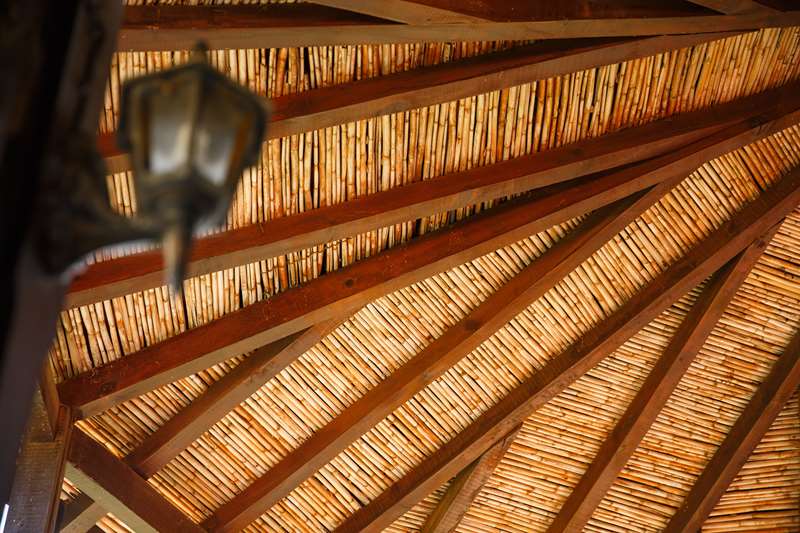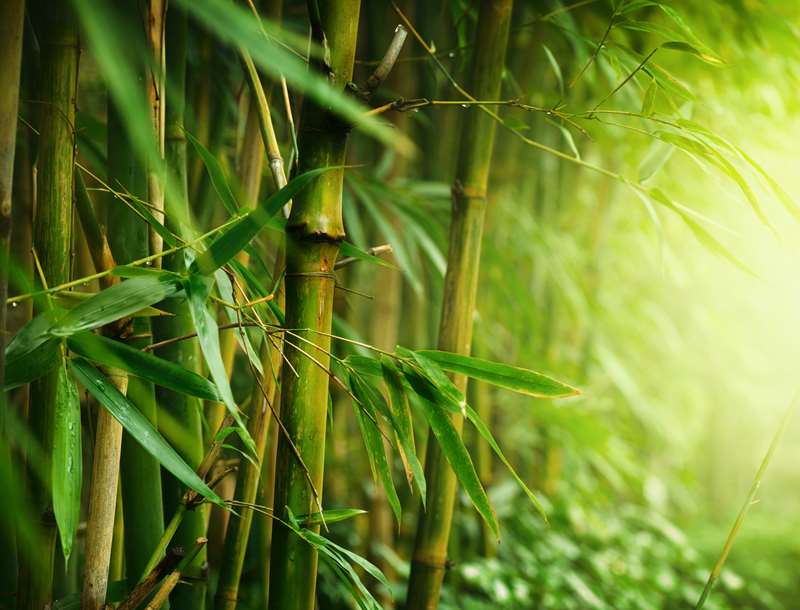
Building – Building Greener in Guanacaste
Many of us come to this luscious paradise wanting to make it our homes. As part of fulfilling that dream, we may want to build our dream house. But here, in the jungle, we want to respect what’s here and not leave an ugly or damaging mark on this beautiful place. So different questions might arise for us here than in the city. How can we build with less impact to our surroundings? How can we make our home more energy efficient, last longer, and use fewer environmentally damaging materials? How can we prevent our property from causing erosion, runoff and adverse effects to our watershed? Is it possible to reuse the water that comes out of our home, rather than wasting it? Those questions must be asked and addressed if you wish to build a more sustainable home.
I say “more” sustainable, because it’s not practical to build a completely sustainable home. This would imply that not a single earthworm will be killed during construction! In Costa Rica, the typical materials used in building are block, concrete and steel. Those are known not to be the most ecologically friendly materials, as they are full of chemical compounds and very energy intensive to fabricate. The positive of these materials however, which we all see in the finished product, is a solid, structurally sound and long lasting building. These are the go-to materials to use in Costa Rica due to their longevity, earthquake resistance and termite protection. And they’ve been used in construction here for decades.
So how can we mix the use of concrete, perhaps with other materials and design techniques, in order to make a home more sustainable?
The first question is about energy use. How much energy will your home need to consume? Of course you need to use electricity; there is no way to live without it. The question is how to use less. Insulation in the walls and the ceilings, double pane windows and high quality doors will keep your air conditioning inside your home. Using energy efficient appliances always pays off in the long run. Even the type and color of your roof plays a part in how hot your home will get. This all comes down to the “R value” of each material and how well it insulates the home. The higher the R value the more insulation the material provides. The idea is to use materials with higher R values wherever possible: in your roof insulation, ceiling insulation, walls and even in the floors.
We are lucky to live in Costa Rica, where most of our electricity already comes from renewable sources such as wind, hydro and thermal sources. That being said, our overall ecological footprint is less in Costa Rica even if we use electricity from the grid. Of course it’s still possible to install your own solar array; however, currently the ability to sell your electricity back to the grid is not possible, thus complicating the “storage” aspect of the system. Currently, a battery bank system or Tesla “power pack” would be needed to store energy produced in the daytime for use at night time. That may change in the near future when Costa Rica could allow “grid-tie”, which will allow a free way to store your excess energy and access it later using the grid. It’s all become much cheaper at time goes on, so I currently advise clients to wait before installing a solar array.
Another aspect to consider is how to use the naturally occurring wind patterns to ventilate your home. The key word is “cross ventilation” and the idea is to position the home, windows and open areas to best utilize wind to cool the home naturally. It does not take much effort to incorporate these aspects into your new home. It’s a matter of planning and execution. And in most cases the additional investment pays off in the long run with reduced electric bills.
As for construction materials, you can even substitute out some of the concrete with natural materials. A relatively new product on the market in Costa Rica is construction grade, treated bamboo poles. These can be used in various ways and are a completely sustainable, renewable resource grown here in Costa Rica. Entire homes can be built using this material and you can’t get more ecologically friendly than a plant stronger than steel that grows in just a few years. Even just incorporating its use in some aspects of the home, such as posts, beams and ceiling rafters, can provide a beautiful, tropical feel and at the same time reduce the use of steel in your roof structure, thus building your home with less impact on the planet.
Some tropical hardwoods found in Costa Rica have both an ecological advantage and disadvantage. A commonly used hardwood, which is both beautiful and highly sought after in world markets, teak is grown in our local Guanacaste surroundings. Teak is considered a “green” wood because it’s grown on plantations, which tend to be sustainable in that old growth forests are not being cut down. The negative aspect of teak is that the plantations tend to acidify the soil where they are planted. However, this beautiful wood can be used on floors, handrails, ceilings and the roof structure and though not as “green” as bamboo, it provides a more sustainable alternative to steel and galvanized steel.
Another important thing to consider is the recycling of waste water from the home. Water from the toilet is considered “black water” while all other water is “grey water”. Black water must be treated before it can be reused. Grey water can be used directly in certain irrigation purposes with very little additional cost. However, the system must be designed to not store the water but rather directly irrigate certain plants. There are quite a few wastewater treatment plants on the market today in Costa Rica, and they can treat both black and grey water for reuse in your garden. This water can be stored and used in irrigation with no negative health consequences, saving and recycling water that would normally be wasted.
When designing and building your new home in Costa Rica, you have the opportunity to incorporate as many “green” aspects into its construction as you wish. Combining those things, you can have an energy efficient home utilizing sustainably sourced building materials, thus minimizing the ecological footprint of your home, saving money on energy costs, saving water, and recycling waste materials, and at the same time have the stunning, tropical home of your dreams!

